Update: The highlights of the day 2 are out!
Hello Dartisans, I’ve had the chance to watch the Dart Summit live streams and I’ve been a good student. For all of you who don’t have time, or are just interested to remember what was said, I’ve taken notes during all the presentations.
Disclaimer: These are my personal notes, to the best of my comprehension. If you find anything wrong with them please let me know and I’ll update this post. Also, if you feel I missed some important information, let me know, I’ll update this.
So I’ve structured the highlights by talk, stating what I found the most interesting or thought was the most important. I’ve noted most of the information as bullet points.
This first post only contains notes about the first day of the summit. A second will come in the next days, with all my notes for Day 2.
For all of you who want to watch the whole talks, there’s now a Youtube Playlist available. Enjoy!
- Keynote: Dart Today & Tomorrow
- Async In Dart
- Space-Frugal Reflection
- Dart at 60fps
- Debugging and Profiling Dart Programs with Observatory
- Dart for the Web : State of the Union
- Getting the most out of dart2js
- Switching to Dart
- Migrating Trustwave’s Large Customer Portal to Dart
Keynote: Dart Today & Tomorrow
Dart co-founders Lars Bak and Kasper Lund who are Software Engineers at Google, tell us what’s coming in the next year for Dart and its ecosystem. I like how they’ve put emphasis on how Dart is there to stay for a long time, and how Google uses it.
- IDE
- WebStorm is now the new IDE of choice for Dart development.
- Mobile
- They showed 3 native mobile apps having a dart model and different UIs. (iOS and Android and also a dart console app.)
- Fletch: A Dart runtime for iOS
- Only adds ~200K to the size of your native app
- Supports on-the-fly program changes
- Parallel programming
- People like the idea of isolates, but don’t like to use isolates
- Features like Parallel.run() should come
- Research directions
- Synchronous operations
- Zero-copy message passing
- Lightweight isolates
- People like the idea of isolates, but don’t like to use isolates
- Dart LTS
- Google is already relying on Dart for many projects including: Google Ads, Google Fiber, Google Express, Google’s internal CRM app.
- They are committed to building their next-gen web apps with Dart
- Dart is for the long run.
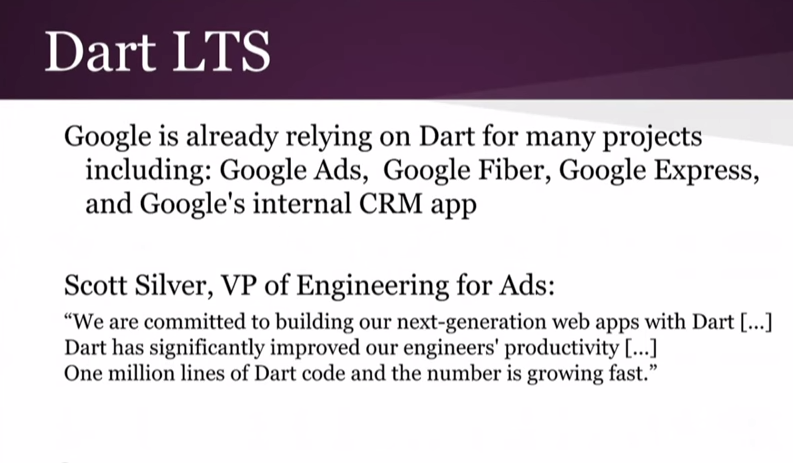
- Web Frameworks
- Angular 2.0 will be the preferred web application framework for Dart
- Smaller generated Javascript output
- Faster execution (x3 faster than 1.0)
- Angular 2.0 will be the preferred web application framework for Dart
- SDK Roadmap
- May 2015 : Migration to GitHub
- 1.11 – Retire DartEditor, and put in front WebStorm as IDE (and plugins)
- 1.12 – Http2 + Google RPC
- Q3 – Fletch (beta)
- Q4 – Fletch (final)
- Q4 – Dart Mobile Services
- 2.0 – Dart Dev Compiler
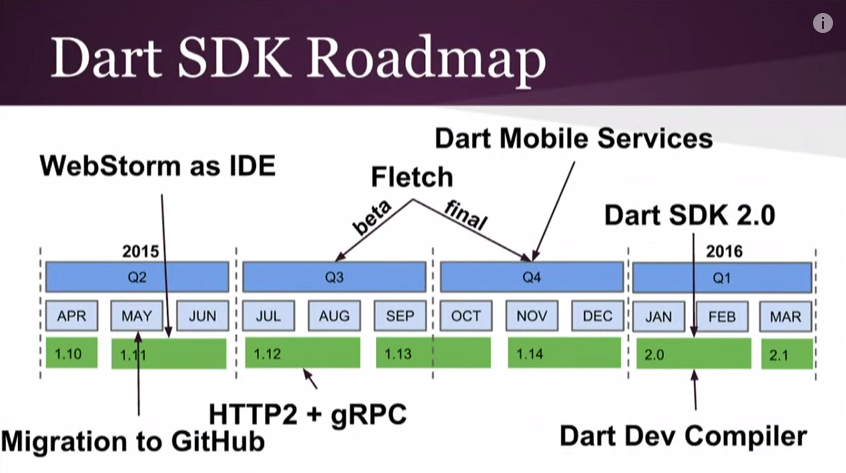
- Breaking Changes
- Future SDK version should all be backward compatible. If a breaking change is introduced, they will provide a migration tool to migrate your code.
Async in Dart
Florian Loitsch, Software Engineer at Google presents Dart’s asynchronous features. He makes a very good introduction to async/await and its derivatives for Iterables. He also presents the package stack_trace to get more useful information from stack traces for asynchronous code.
- Async/Await now work out of the box
- Also works with dart2js web applications
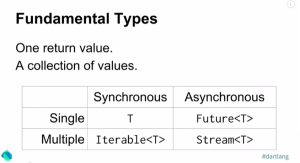
- Stack traces are noisy and contain not-so-useful information for the normal Dart developer
- The package stack_trace makes it easier to get relevant information in stacktraces with async-await
Space-Frugal Reflection
Erik Ernst, Software Engineer at Google shows how using traditional reflection might not always be a good choice, especially for Web applications in Dart. He then brings on the table a solution to the problem of increasing code size: the new package Reflectable.
- Traditionnal reflection in Dart is expensive
- For dart2js web applications, code size explodes because of tree-shaking
- dart:mirrors
- Compiler-integrated
- Uses nice, compact reprensation
- Control size with MirrorsUsed(…) annotation
- Includes more code, not compositional
- In practice, it is difficult to tune, large output
- Reflectable
- New package for reflection
- Essentially the same interface
- Without the size explosion
- Still early stage
- Traditional vs Reflectable
- Traditionnal: mapping between original names and generated ones
- Reflectable: write more code, but the generated code will be replaced with static code
Dart at 60FPS
Ross Smith and Arturs Vitols of Willowbrite tell us their story of how they made a mobile game with Dart. They present us what their biggest challenges were, and how they succeeded. I couldn’t resist buying the game to try it. Ends up being pretty fun! Get it here. I was also very impressed by their home made editor.
- Challenges
- run on old devices
- < 20mb
- performances
- unique look & feel
- How they did it
- Vector images –> ask device to process instead of using disk space.
- Midi sound –> ask device to process instead of using disk space.
- Short refresh cycles with webgl.
- They made an editor – very impressive.
Debugging and Profiling Dart Programs with Observatory
John McCutchan and Todd Turnidge, Software Engineers at Google give us an overview of the Observatory in Dart. This is probably my biggest surprise of the day. I didn’t know much about the Observatory, but wow, I’m surprised at how advanced it is, and at how much it can do. I’ve taken a lot of notes here, you really should watch the whole demo.
- Hosted by the VM
- Providing suite of program inspection and analysis tools.
- New link in JS console
- View class code
- View code coverage
- Find live instances of specific classes
- Invoke/edit live code (classes/instances (add methods to instances/changes values))
- Allocation profile
- Per class allocation statistics
- Per heap space garbage collection statistics
- User controllable accumulator
- CPU profile
- Find spots in code that use a lot of CPU
- Debugger
- Command line debugger
- Provides live debugging in observatory
- Tab completion (functions, scripts)
- Lets spy on variables (visually)
- Lets you edit variable content
- Command line debugger
- Multiuser
- Multiple users can connect to the same observatory, just share the URL
- Always available –> Runs on its own, and always collects
- Easier to diagnose problems that happened in the past.
- Profiler now understands functions inlining
- Now provides metrics/graphs
- Roadmap
- Improved debugger
- Timeline of important events
- Allocation call sites (where do I allocate class Foo)
- Display source code as live, hyperlinked view
- Available wherever the VM is available.
- Server/Command-line
- Sky applications
- Web applications in Dartium
Dart for the Web: State of the Union
Dan Grove and Kevin Moore, Software Engineers at Google tell us what the current state of Dart is, and in which direction the Dart team will go for the next year. This was probably the talk I wanted to watch the most because of the recent changes related to the Dart team’s objectives (with the VM not going in Chrome). There were great announcements during this talk.
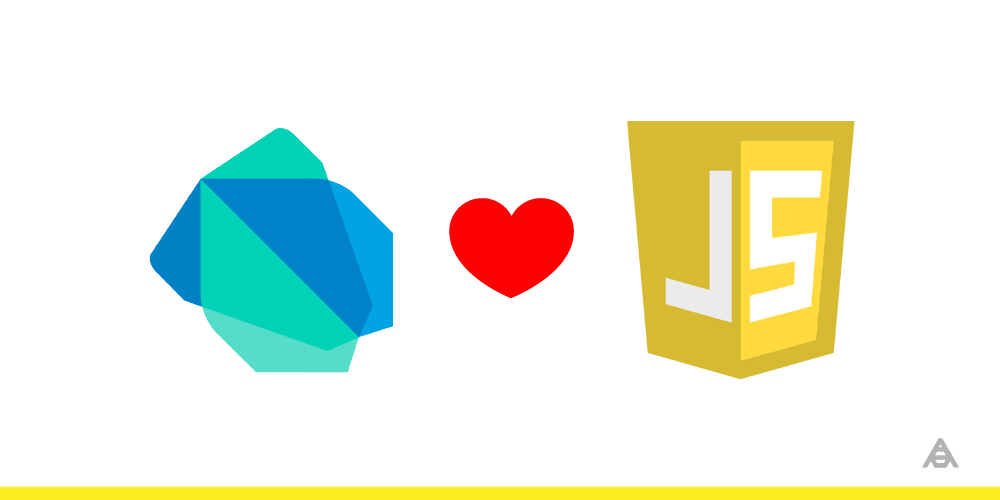
- Embrace the web instead of replace the web
- Things have changed in the web (ES6)
- Javascript everywhere
- Changed the focus from integrating the VM in Chrome to embrace JS and target all other browsers
- Development & deployment/production were too divergent
- Dev compiler vs Production compiler
- Dev compiler should contain settings for development/deployment to keep a fast refresh cycle for dev.
- Dev Compiler
- Its aims to include the following:
- A static checker based on stricter-than-standard-Dart type rules.
- A modular Dart-to-ES6 transpiler for Dart programs that statically check.
- Under 1 second compile
- Would produce small, readable, clean, efficient JS code.
- Its aims to include the following:
- Export your Dart library in JavaScript (SYODLAJ: Ship your own Dart Library as JavaScript)
- Someone shouldn’t notice you’ve written your lib in Dart
- They still want to ship Dartium for now, but are working in parallel on getting Dart Dev Compiler out.
- Test package will be the future of testing in Dart
- The test package uses stack_trace out of the box
- Supports multiple platforms (vm, browsers, chrome, safari, dartium, content_shell, phantom-js)
- Frameworks
- Angular2 is now in Dev preview (It is still marked as alpha-21, but Angular Team consider it as Dev Preview) (website is now angular.io)
- Should wait for Polymer to be stabilized
- Webstorm IntelliJ is now the “De-facto” IDE.
- Coming soon
- Pluggable Analyzer
- Better JavaScript Interop
- dev_compiler
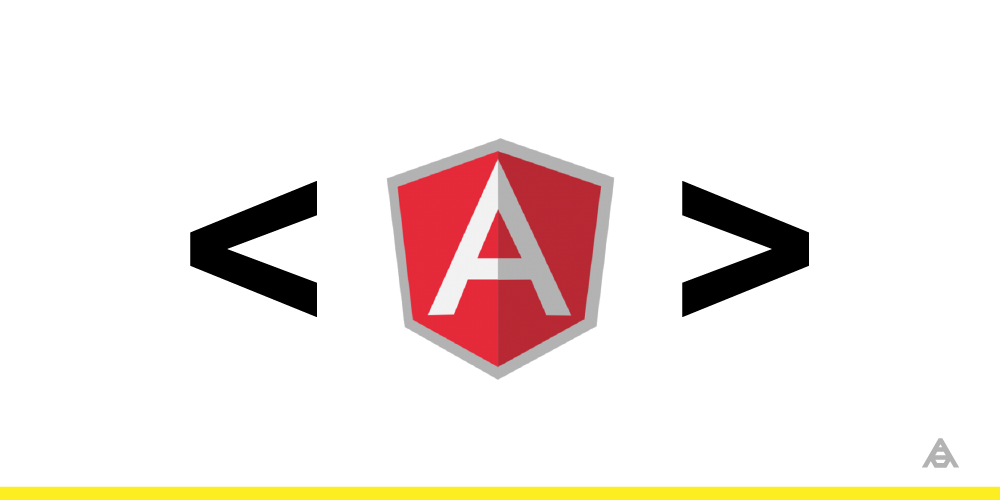
Angular 2.0 is now in Developer Preview
Getting the Most Out of dart2js
Stephen Adams, Software Engineer at Google shows us how static analysis and type inference work in dart2js. He also gives tips to help dart2js producing smaller, faster JavaScript code. This should be watched by anyone who is confused (or are not sure) about how the type system works in Dart.
- How dart2js currently works
- Compile dart types to JS primitives where possible.
- In checked mode, the types will be checked at runtime. Checked mode works like assertions on types. It asserts “is this a String or null” (for a String annotated variable)
- In production mode, those assertions are turned off.
- This talks explains how dart2js works in technical details (how type inference works for example)
- Things to do in production, but are OK to use for testing
- Avoid dart:mirrors, use code generation instead (e.g: smoke, reflectable, polymer)
- Avoid noSuchMethod, otherwise it will produce slower and bigger Javascript (adding more two-level dispatch/more indirections)
- If you use dart2js -v … you will see what those classes implementing noSuchMethod are.
- Avoid o.runtimeType -> defeats type erasure optimization
- What’s coming next?
- Looking at ways to improve type analysis
- Looking at ways to make better use of inferred types
- Looking into making two level dispatch cheaper
Switching to Dart
John Ryan of Workiva explains how they switched to Dart in an existing big scale application. He presents us why they switched, what they got out of it and how they did it. This should convince people who think that Dart doesn’t scale well or that it doesn’t blend well with other technologies.
- They switched from ActionScript
- They tell their experience of porting an existing application to Dart
- After switching
- Faster ramp up time
- Better dev experience
- Less focus on tools
- Code easier to share
- Why they switched
- Build large scale apps
- JavaScript tools are difficult to compose
- Dart is a complete solution
- The old application
- over 1 million lines of code
- 2-8 mins to compile
- How they switched
- React components –> React Dart
- Unit tests –> Jasmine Tests –> Guinness –> unittest
- Convert the existing Javascript into a working application, and then write idiomatic Dart
- The Dart VM
- Debugging is fast, predictable
- Switching branches is cheaper (with pub)
- Checked code
- REPL in Dartium
- Continuous integration
- Their docker file for it
- Should be modified a bit for the new test package, but it has useful things, like a script to install content_shell
- WebDriver for functional testing
- WebDriver.dart – Looks pretty good with async/await
- Tests are written in Dart
- Their docker file for it
Migrating Trustwave’s Large Customer Portal to Dart
Eric Woerner, Director of Software Architecture at Trustwave tell us their story of migrating their customer portal to Dart. We learned what they discovered, what frameworks they use, and how they leverage the power of each of them. I was surprised at how they integrated Dart to an existing Flex application.
- They tell their history of migrating Trustwave Portal to Dart (Flex to Dart)
- They serialize data to and from existing Java back-end services
- What they discovered
- Increased productivity
- RPC style calls with Dart
- Application development with Angular and components in Polymer
Dart and Flex interop
- What they now use
- Application framework: Angular Dart
- Deferred loading
- Routing
- Views
- UI Components: Polymer
- What’s next?
- Angular 2.0
- Polymer 1.0
- Application framework: Angular Dart
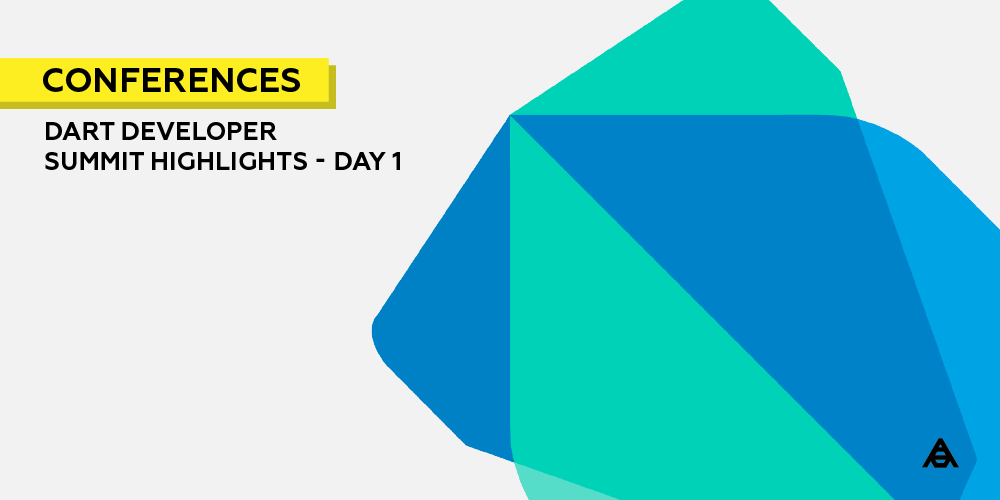
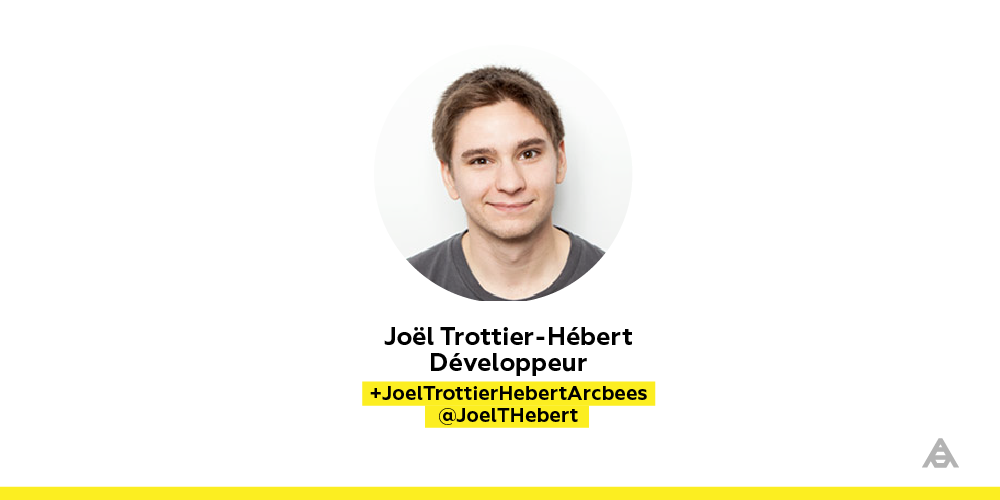
Thanks for you summary. It gives a great idea of what is the future for Dart. Looking forward to your summary of Day 2!